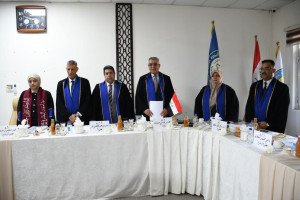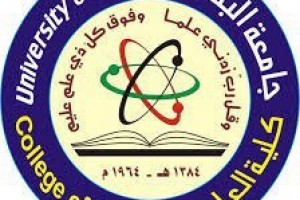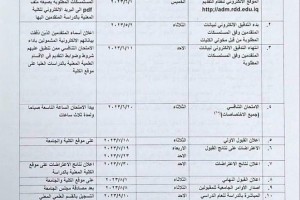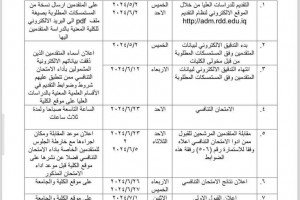
The College of Science at the University of Basrah organized a seminar on calculating the annual recharge of the Nineveh Plain using satellites and the chlorine balance mass method. The symposium aimed to calculate recharge using the chlorine mass balance method and satellites, make a comparison of the results, and ensure the accuracy of the satellite data results and their conformity with reality. The seminar presented by Fatima Abdel-Jabbar Abdel-Wahab included light on the importance of groundwater resources for various human activities and the potential impact of groundwater depletion on 15% to 15%. 20% of the world's population by 2050 due to climate change and population density.Groundwater recharge improves water quality and sustainability, reduces pumping volumes, and helps manage saltwater intrusion. However, there is currently no universally applicable method to accurately measure the arrival of rainwater to groundwater levels. The study area in the Nineveh Plain of northern Iraq covers about 2,547 square kilometers and uses the constant permeability meter (CMB) method to calculate groundwater recharge rates. Rainwater and well samples were collected and analyzed for ions, dissolved solids, electrical conductivity and pH, and the results showed acceptable accuracy within a margin of error of 5-10%.







